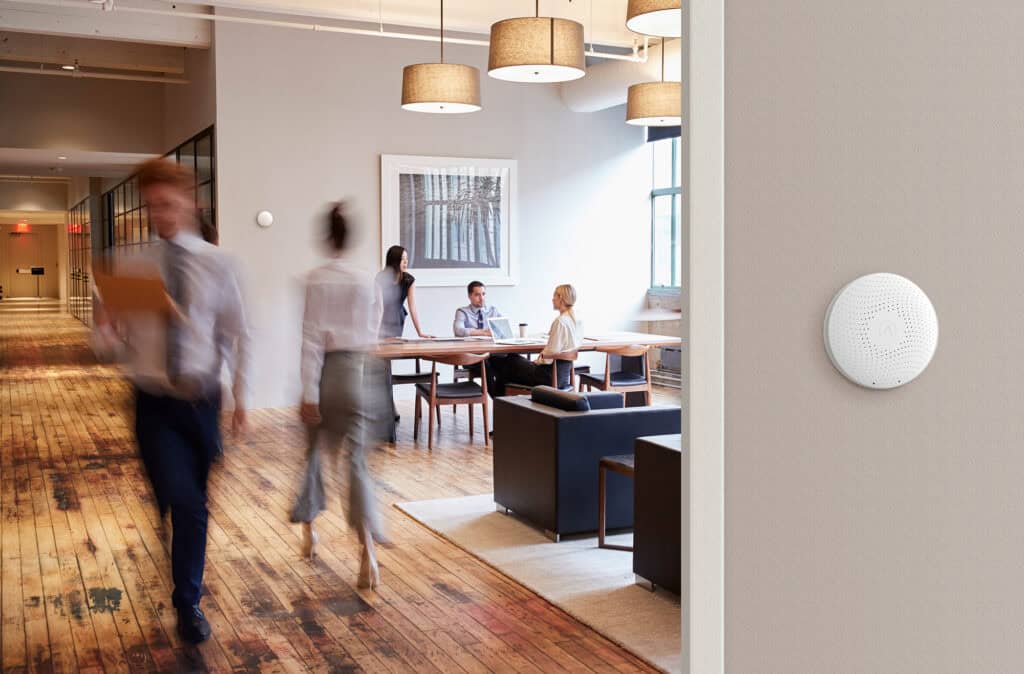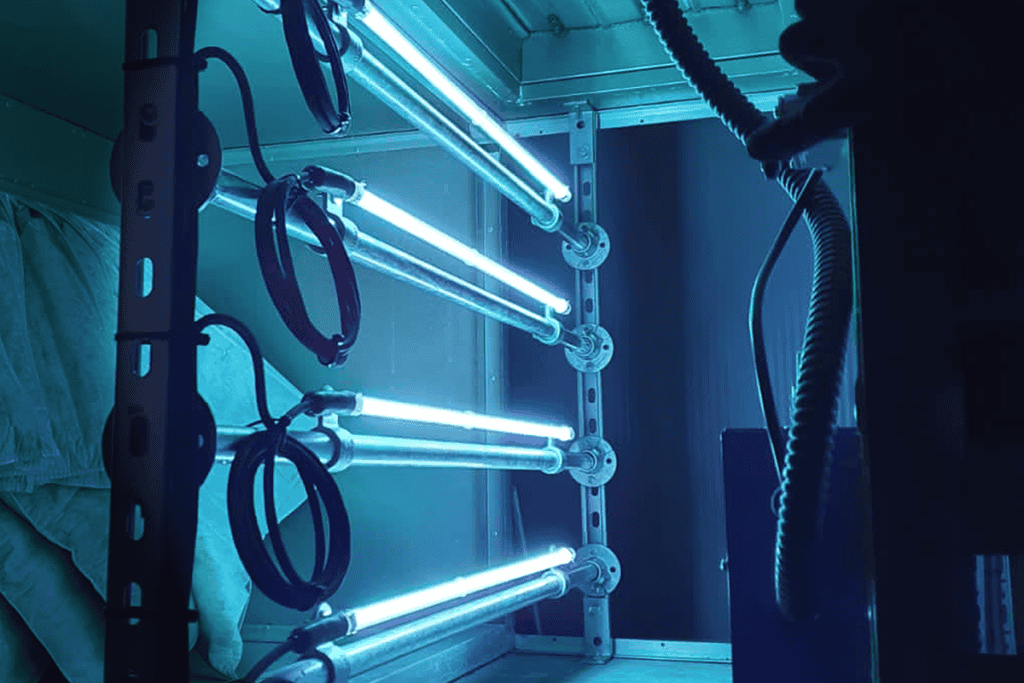This website uses cookies so that we can provide you with the best user experience possible. Cookie information is stored in your browser and performs functions such as recognising you when you return to our website and helping our team to understand which sections of the website you find most interesting and useful.

Key Benefits of Our IAQ & Ventilation Systems
- Healthier Environment: Improved air quality reduces the risk of respiratory issues and creates a healthier space for occupants.
Enhanced Comfort: Effective ventilation systems help maintain ideal temperature and humidity levels, contributing to occupant comfort and well-being. - Compliance with Regulations: Our systems help ensure your property meets all relevant health and safety standards for air quality and ventilation.
- Energy Efficiency: Designed for optimal performance, our systems maximise airflow while minimising energy consumption, helping you reduce operational costs.



